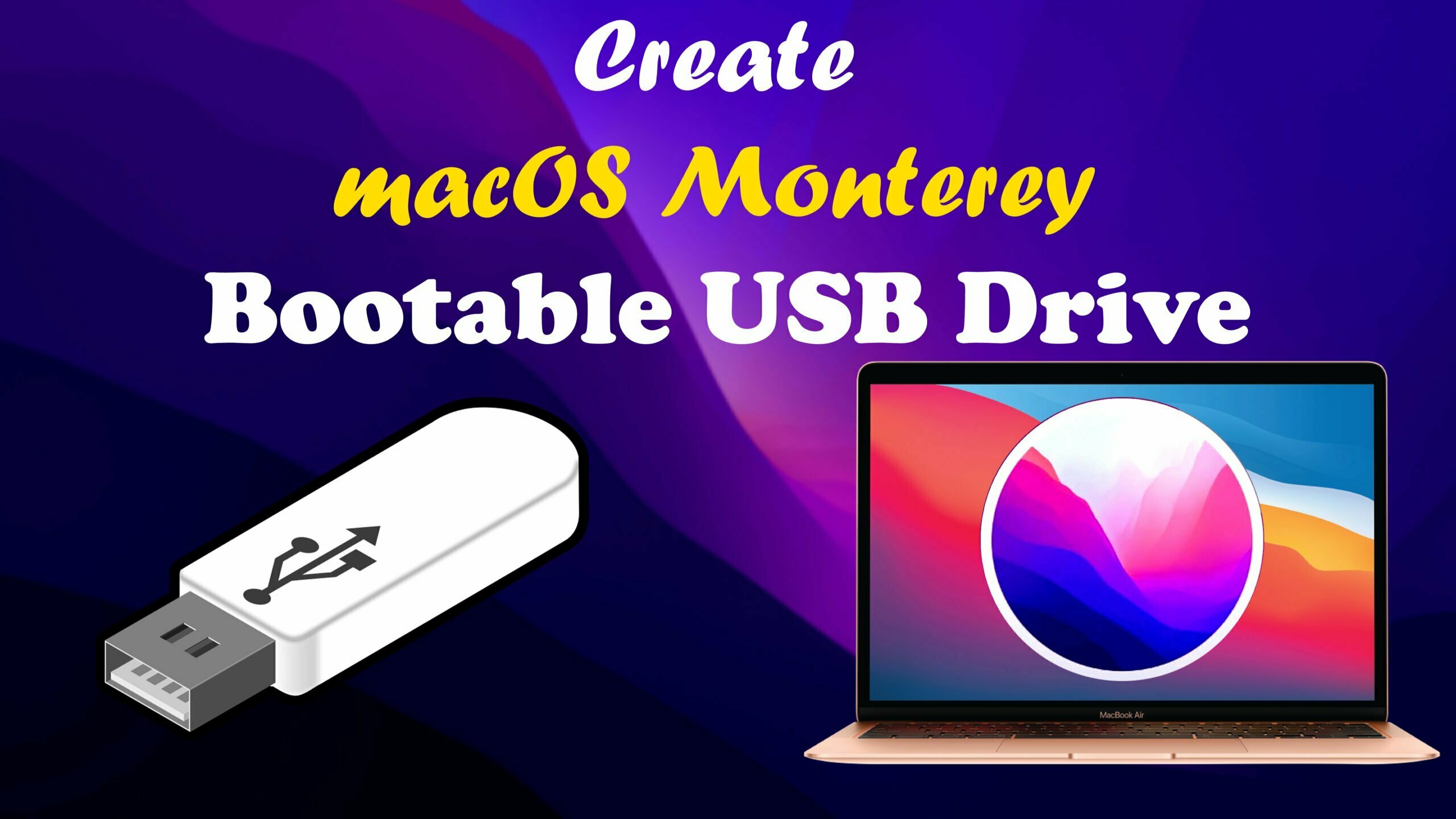
You can do the same process in reverse if you need to copy the files back over, or restore the backup should your computer decide to break. From Linux you can read and write Apple-compatible HFS+ disk images.
CREATE A BOOTABLE DRIVE FOR ALL MAC OS HOW TO
Any settings you change or files you save there won’t be reflected on your primary installation. How to Create a Bootable Mac OS Installer from Ubuntu Linux. Plug the USB stick, hard drive or SSD into your Mac. Youll want to choose a card with GDDR5 or. How to create a bootable installer using Terminal. I had problems using my 2012 MacBook Pro computer, and had to use someone elses iMac to create my flash drive. There are full instructions on the download page.
CREATE A BOOTABLE DRIVE FOR ALL MAC OS INSTALL
You can use your Mac as normal, but keep in mind that it’s separate from the installation on your main internal hard drive. All you need to do is download and install it and then, when you run it, point it to the macOS Catalina installer you just downloaded. This brings up the boot switcher and lets you boot from the external hard drive. Disk Utility allows you to manage your computer’s hard drive and removable media, including CD and DVD. Please help All Mac computers running the OS X operating system come with the Disk Utility application by default. However, the end result of starting an external drive installer is that the partition it resides in fact Booted the Mac, so ultimately, the HFS+J partition. This can take fairly long, depending on the speed of your external drive and its connection to your Mac, so it’s best to have a fast hard drive with Thunderbolt, USB-C, or USB 3.0 connections.Īnd that’s it! When Disk Utility is done, you can shut down your Mac and hold down Option when booting it back up. Unfortunately I can’t find a Mac app that will let me create a bootable disk. In reviewing Apple’s document Boot modes for a Mac with Apple silicon, the M1 Mac goes through a number of complex processes to set up the Boot of any operating system. You can also choose an ISO image, but that doesn’t have much use here.Ĭlick “Restore,” and Disk Utility will start the copying process. Select your external drive in the sidebar, click “Restore” in the menu, and then select your main drive as the “Restore From” option. Step 5: Wait about 15 minutes and you will see the completion message on the screen.

Step 4: Name the USB Drive volume label as 'Big Sur Installer' or something similar, then click on 'Burn' tab to format the drive and create a bootable macOS Big Sur USB installer. But, if you choose your external drive as the restore target, you can flip that action around and copy files from your main drive to the backup. Make sure the correct drive (USB) is selected in the appropriate section.


 0 kommentar(er)
0 kommentar(er)
